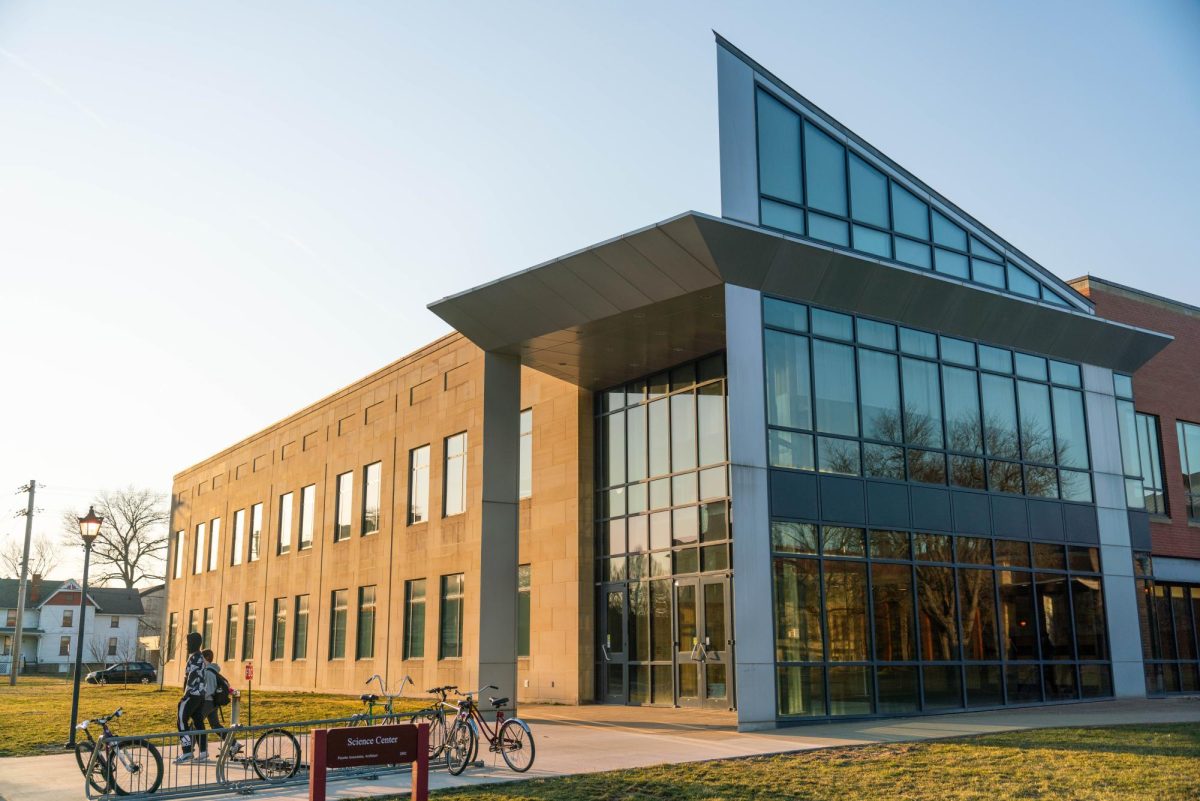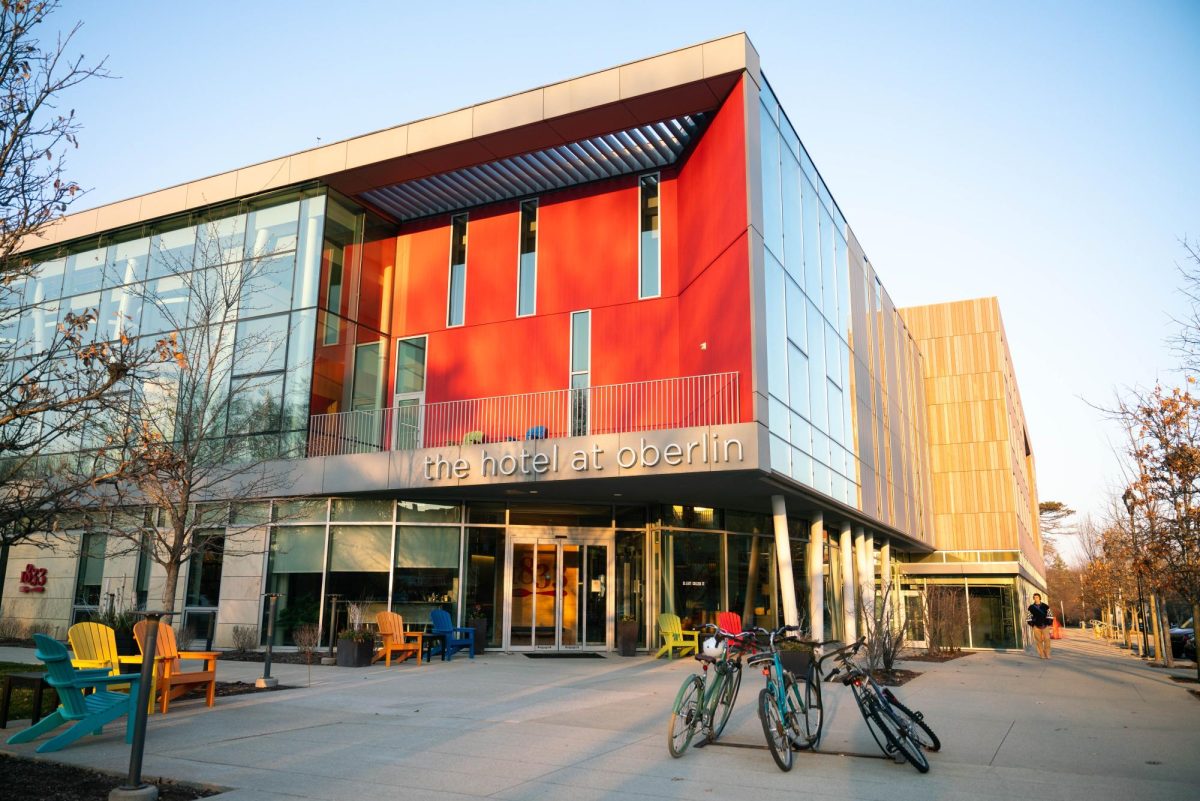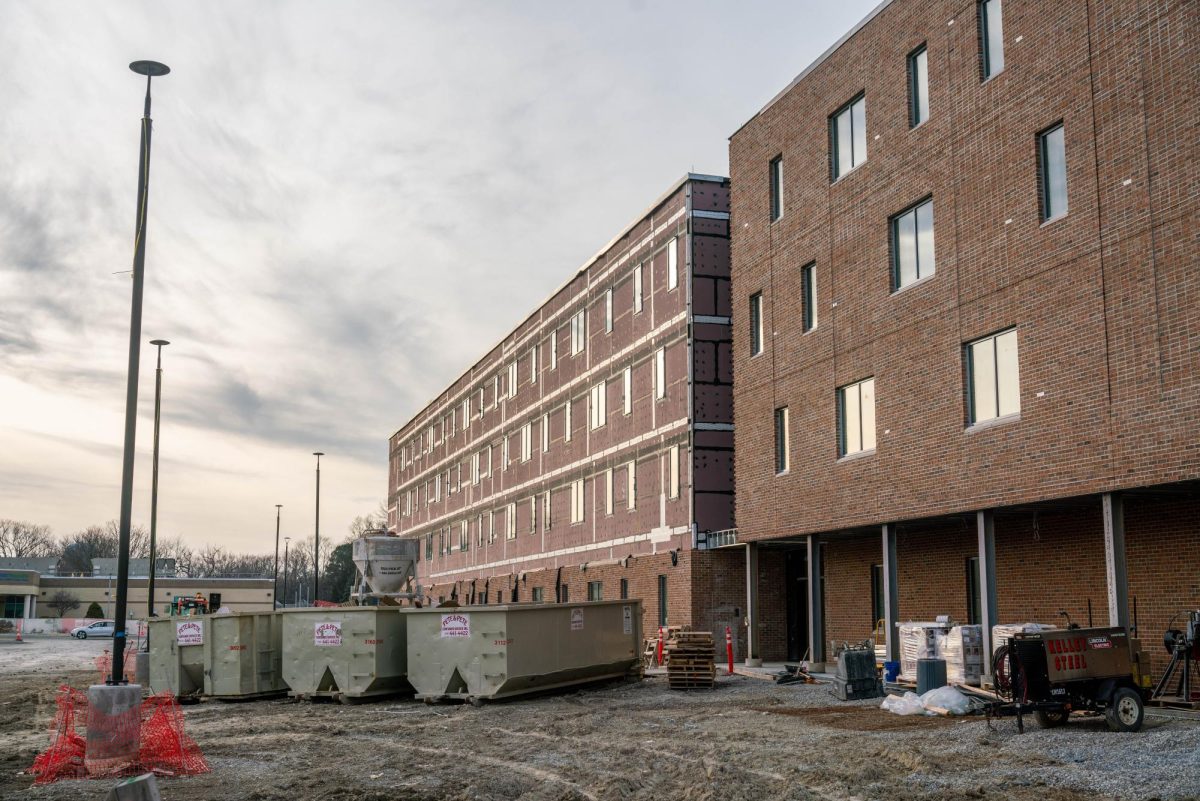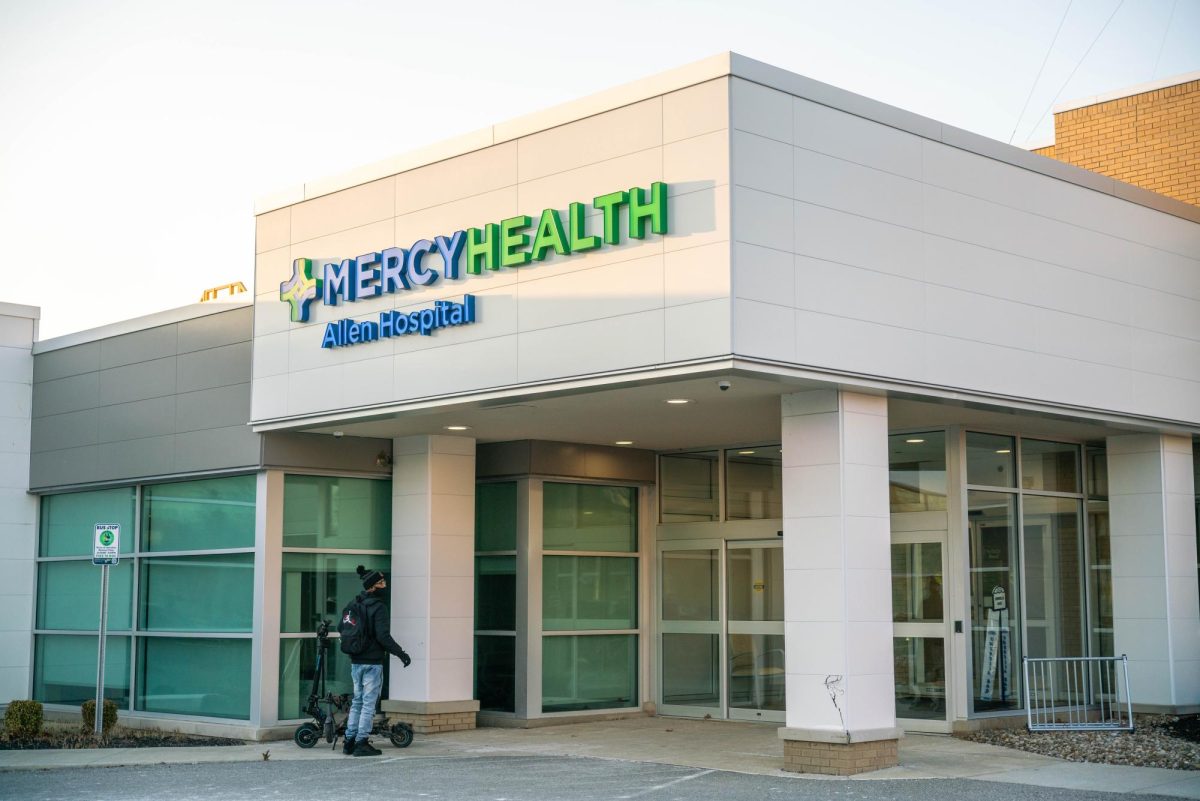Oberlin’s Sustainable Infrastructure Program has entered its fourth and final stage. The College is preparing to start construction over the summer to add geothermal air conditioning to 11 buildings around campus. These buildings include Asia House, the Carnegie Building, Ward Alumni Center/Art Galleries, Venturi Art Building, Hall Auditorium, Hall Annex, Eric Baker Nord Performing Annex, Clarence Ward Art Library, the Art department studios, and the Allen Memorial Art Museum.
The museum will be particularly impacted. Due to the construction, the museum will be closed to the public from May 27 through the beginning of September. Although the museum was already connected to geothermal wells between 2009 and 2011, the system needs to be hooked into the larger campus geothermal system.
The AMAM staff is using the opportunity to streamline renovations to the Renaissance, Nord Gallery, and Ancient Abullatory sections.
“We’re repainting, we’re having the floors refinished, doing a lot of, you know, housekeeping that we haven’t had the opportunity to do in a long time,” Andria Derstine, curator of Collections at the AMAM, said.
Derstine noted that the museum tends to get good attendance during the summer from families in particular. However, she emphasized her gratitude that this work is being done. Additionally, Stacie Ross, AMAM Marketing & Creative director, recommended that for those who wish to visit over the summer, to instead check out the museum’s Augmented Reality, in which people can tour galleries virtually.
The College has spent the past three years converting the heating and cooling systems from steam-based to a combination of geothermal and hot water as a part of the College’s plan to achieve carbon neutrality by 2025. As of now, the College has connected the majority of buildings to the geothermal heating and cooling system, and drilled 830 of 850 of the geothermal wells in the North Fields, according to Oberlin’s Chief Facilities Officer Kevin Brown.
Derstine expressed excitement for the opportunity allowed by the construction.
“You really will see a refreshed museum when you come back in the fall,” she said.
The SIP staff expects most of the visible construction to wrap up as students return in the fall. Chris Norman, senior director for Energy and Sustainability, said that the SIP office plans to commemorate the end of the construction by organizing events for the larger Oberlin community.
“We are looking forward to celebrating the end of construction, so we’re planning some events for homecoming,” Norman said. “I would say, stay tuned.”
Norman also detailed plans for 2025 and beyond, which includes consistent assessment of each SIP building. These assessments will aim to measure how each individual building is impacted by the switch to geothermal heating and how occupant experience can be improved.
After the SIP concludes its 2024 construction plans, it will move to convert buildings like Peters Hall, Warner Gymnasium, and Mudd Center that have already undergone construction and have geothermal pipes connected but have not yet been added to the SIP. Other efforts include providing education on how students, staff, faculty, and other occupants can improve energy efficiency in the buildings and providing feedback to occupants regarding their water and power usage.
“The trick is going to be sustaining carbon neutrality once we achieve it,” Norman said. “So, that’s where collecting data at the building level, how much energy, how much water we’re using, and having that feedback for our occupants and our building managers so that we continue to improve our energy efficiency — that’s how we will move from carbon neutral to something like carbon positive in the future.”









